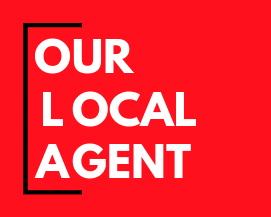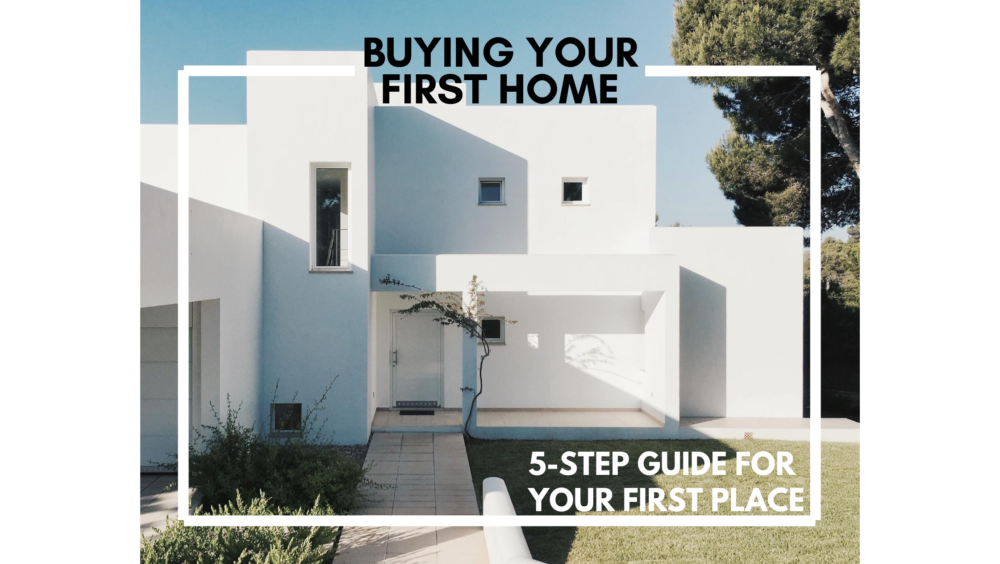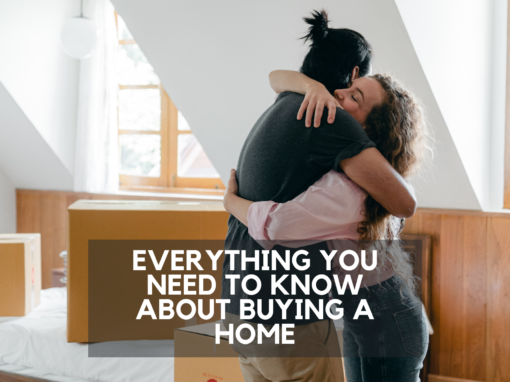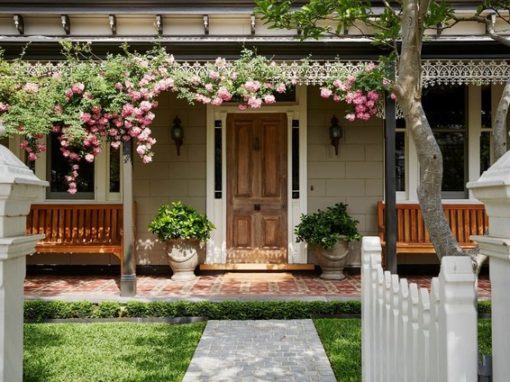A combination of factors is helping first-home buyers in Melbourne achieve the Australian Dream. If you are buying your first home, this article will provide some insights to help you find the perfect home.
According to the ABS (Australian Bureau of Statistics), the monthly value of lending shows that first-home buyers lending has continued to increase with only a small drop in April at the peak of the first lockdown.
Here are the three key factors driving first-home buyer activities in Melbourne.
1. Government Grants
The federal government’s initiative to boost Australia’s construction industry specifically targets first-home buyers. The Scheme provides eligible first-home buyers with a $25,000 grant to build a new home, significantly renovate an existing home or to buy an off-the-plan home/new home.
The HomeBuilder Scheme compliments the existing First Home Owner Grant (FHOG). FHOG provides a $10,000 grant for Melbourne or $20,000 for Regional Victoria as well as land duty exemptions to applicants who qualify.
The HomeBuilder Scheme and FHOG are an opportunity for first-home buyers with a stable job and a deposit, to acquire the dream home they have always wanted.
Read about the HomeBuilder Scheme and First Home Owner Grant.
2. Investor Behaviours
A weakened global economy is influencing property investment activities in Australia. NAB’s Residential Property Survey Q2 2020 showed foreign investor enquiries has dropped -3.0% for that quarter. First-home enquiries, on the other hand, were up by 102% in May this year compared to the same month in the previous year.
Also, the housing market is experiencing a significant drop in prices with properties in Sydney and Melbourne being the most affected. According to NAB, house prices in both cities will continue to decline around 10-15% for some time to come.
First-home buyers with financial stability should consider buying a property now because there is less competition from investors and more government support.
Read the NAB Residential Property Survey Q2 2020 here.
3. Increased Rental Vacancies
According to the ABS (Australian Bureau of Statistics) unemployment rate in Australia has reached an alarming 7.4% in June this year. Melbourne is in its second COVID-19 lockdown. The number of new COVID-19 cases have continued to rise despite stricter quarantine rules and mandatory mask-wearing in Victoria. Even if we survive this second wave, there is no guarantee that a third or fourth wave will not occur again in the future.

For the first time in 15 years, the property rental market in Melbourne has dropped its prices. The median weekly rent for apartments in Melbourne is now $415 per week or a 3.5% drop. Weekly home rents have also dropped by 2.3% to a new median of $430 per week.
The worst affected areas in Melbourne are in the inner regions including suburbs like Fitzroy, Carlton, and the CBD. With more job losses or decreased hours of work, renters in the inner city are finding it difficult to pay high rents.
A large proportion of Victorians are also working from home and do not have to commute to work on a daily basis. These factors are directly affecting rental properties throughout the city. Advertisements for new rental properties have jumped by a whopping 64% compared to the same time last year.
Similarly, vacation homes and short-term rentals are also experiencing a significant drop in vacancy due to sustained lockdowns and border closures.
Astute first-home buyers now have a wider choice of homes they can buy as their first home. If rental continues to drop, landlords who are facing financial stress may want to list their properties. Some of these properties could make a good first home for new buyers.
Median Rents – Melbourne, June Quarter 2020
| Region | QOQ unit rent drop by percentage | QOQ rent drop by percentage |
| Inner | -7.2% | -6.3% |
| Inner East | -3.4% | -1.7% |
| Inner South | -2.3% | -1.5% |
| North East | -2.6% | -2.4% |
| North West | -2.7% | -2.4% |
| Outer East | 0% | -2.2% |
| South East | -1.4% | 0% |
| West | -2.9% | -2.6% |
| Mornington Peninsula | 0% | 0% |
Source: Domain.com.au
How to Buy Your First Home
If you are ready to buy your first-home the following five-step guide from Our Local Agent will help you acquire your dream home:
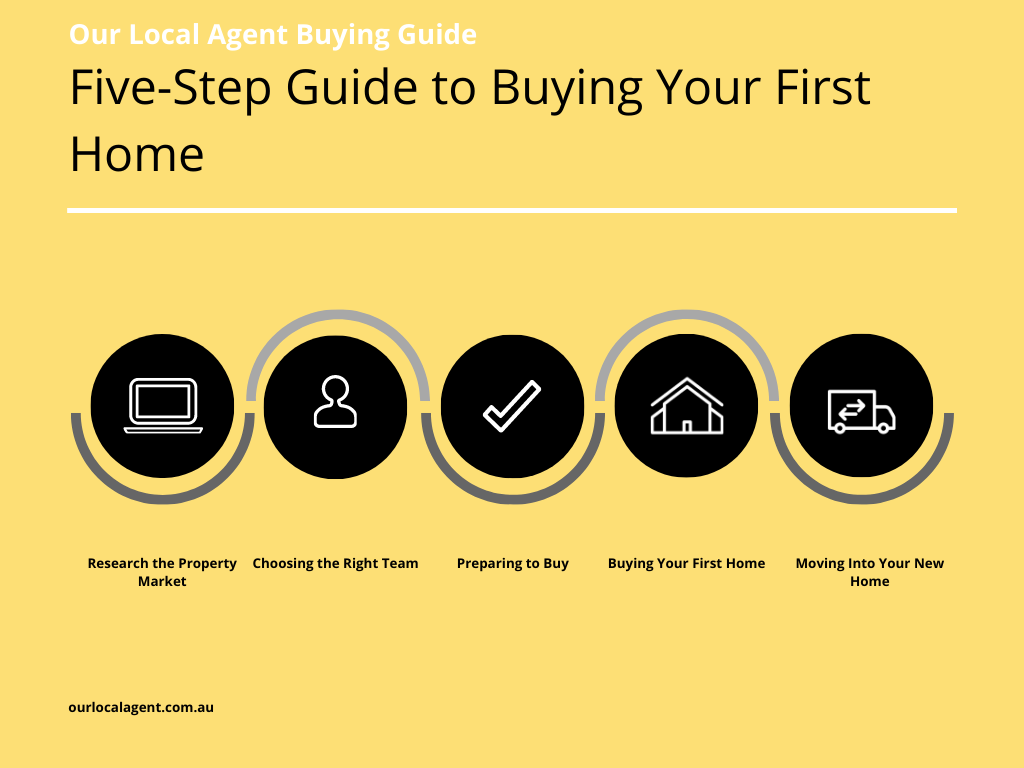
Step One: Researching the Property Market
To find the perfect first home, you must do your research. Before you start your research consider the following first:
- What you can afford
- What expenses you will incur (i.e. lawyer’s fees, relocation costs and so forth)
- Where you want to live
- What grants you can apply
- Who do you want to use (i.e. buyer’s agent, solicitor, property inspectors and others).
The most effective way to research your first home nowadays is online. Use data from reliable sources like real estate platforms, listing agent websites, reputable news sources and property market research sites.
Put a plan in place to track the median prices of properties in the suburbs you have shortlisted so you have a good understanding of the property market and what to expect.
You can also participate in online auctions to get an indication of just how much money bidders are prepared to pay for a property in the areas you have selected. To participate as a viewer in online auctions, you will first need to register and create a profile.

Step Two: Choosing the Right Team
Ideally, your research should provide enough information for you to make informed decisions on the following:
- Real estate agent, mortgage broker or financial adviser
- Type and amount of loan (including rates and lender’s fees)
- Solicitor or conveyancer
- Accredited inspectors (e.g. building inspectors, pest control inspectors and others)
Step Three: Preparing to Buy
Very few first home buyers purchase without viewing the property first. Since the first COVID-19, many real estate agents now used superior virtual selling methods to promote and sell properties. First home buyers can view a property online through a range of mediums including photo galleries, 3D floorplans, 360 walkthroughs and videos.
Once you have identified one or more properties that you think you like, you can call the listing agent for a private inspection of the property.
It is a good idea to prepare your loan (if you applying for one) before viewing properties. This step is essential if you intend to buy at auction. You will also want to ensure that your deposit is ready.
Before you decide on a property, ask for a Vendor Statement from the agent. This must include a list of activity in the last 125 days, councils rates, water rates and the land data. Get a building inspection and pest inspection if one is not available.
If you are buying at auction, make sure you have the inspection report before the auction so you can include any important items into your condition of sale.
To get a feel of what happens at an auction, join a few auctions in the area as a viewer first. Then develop a strategy for bidding at an auction. Make sure you read about cooling rights before you commit.
Step Four: Buying Your First Home
When an offer that is not accepted it can be stressful so take time to reconsider things and treat the buying process as part of the search for the perfect home.
If your offer was successful you will need sufficient time to read the terms and conditions of the sale. Your lawyer or conveyancer is the best person to give advice on “Section 32” or known as the vendor’s statement before you make arrangements to pay the deposit. Don’t forget to negotiate a settlement date that suits both you and the current owner. Collate all the documents you will need to complete the process and keep a record of every document.
To complete the buying process, you will need to provide a deposit, give notice to your current landlord, check all the items listed on the chattels and finalise your first home loan with the lender. Mortgage insurance is required if your deposit is less than 20% of the total sale price. You may also want to consider investing in income protection insurance because of the current economic conditions.
Finally, you will need to conduct a final inspection of the property using a due diligence checklist provided to you by the agent. A final inspection is a crucial element in the first-home buying process so make sure you take the time to focus on this activity.
To complete the settlement process you will need to pay stamp and land transfer duty (unless you are exempted), finalise the property settlement payment, sign the loan contract with your bank or home loan provider, receive the title deeds and relevant documents and buy home and content insurance.
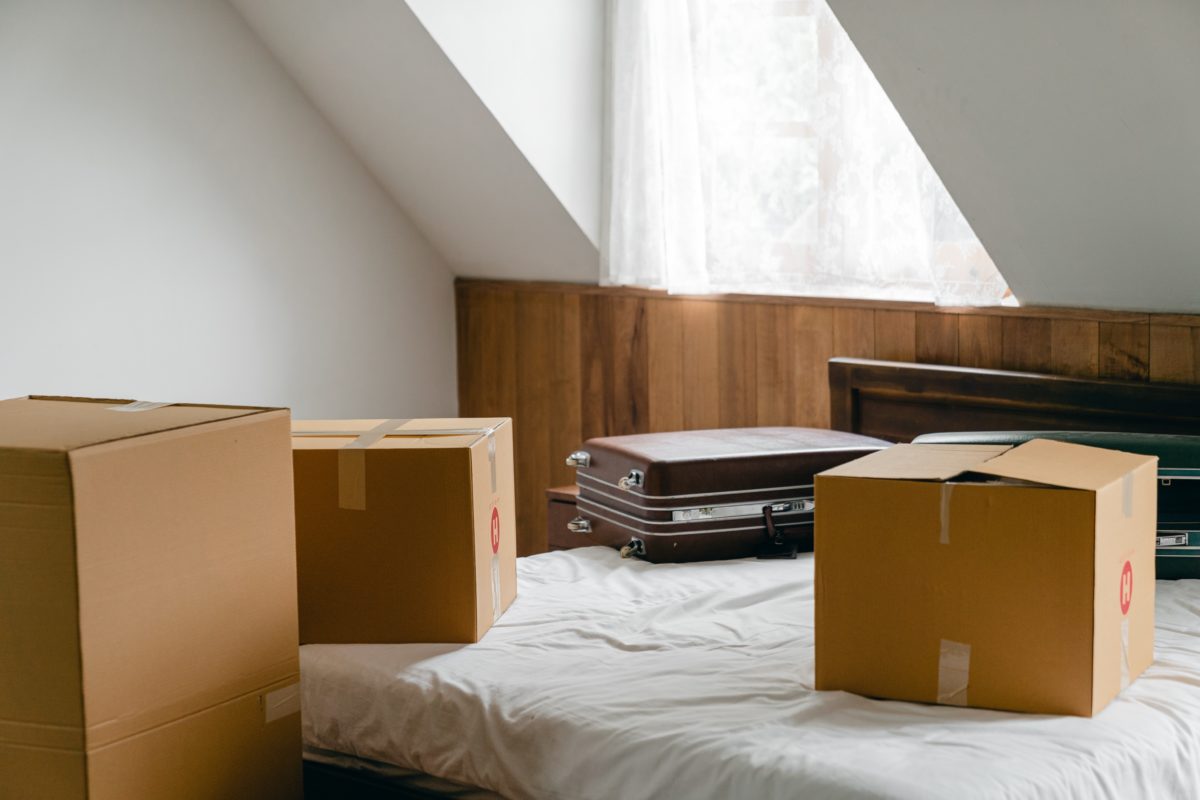
Step Five: Moving Into Your New Home
This is the best part of buying your first home! Before you can move into your new lifestyle, you will need to:
- Change or transfer your energy provider
- Set up a new account for your water supply – Conveyancer will do that
- Arrange for internet connectivity
- Change your address and relocate all parcels and mail to your new address
- Make arrangements to collect the keys to your new home
When moving out of your existing property you will need to arrange for professional carpet cleaning, clean your rented property and arrange for a final inspection to facilitate a refund of your bond. You will also need to pack your belongings and arrange for a house removalist to transfer these items to your new home. You may also want to buy new furniture and fittings for the home.
If you have a problem or a complaint after moving in, you can contact your real estate agent or Victoria Consumer Affairs here.
Owning a home is an exhilarating experience. Every step takes you a little closer to your dream.
Looking for the best homes to buy in Keysborough or surrounding suburbs? Check out Keysborough Area Specialists listings.
For buying advice please contact me on the ‘Contact‘ page.
